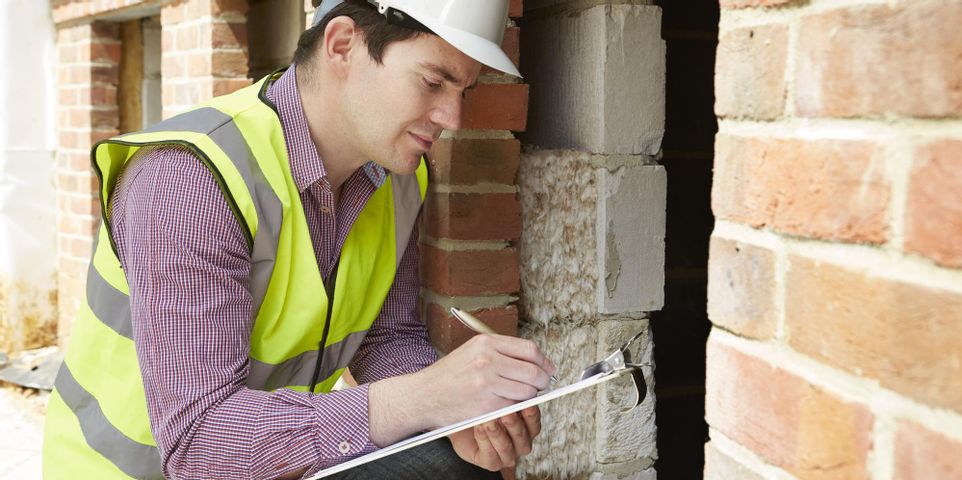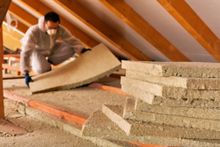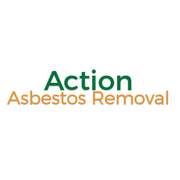
Asbestos was once commonly used in construction materials in the 1950s and ‘60s. But as its dangers came to light, this material has been banned in many countries. However, older structures still contain these harmful fibers in drywall, insulation, paint, and vinyl flooring. While building materials are typically asbestos-free today, many may wonder whether these fibers are still incorporated into building components. Below is a guide that explains asbestos further.
What Is Asbestos?
Asbestos is a natural fibrous mineral with tensile strength and fire and chemical resistance. These qualities made it a popular choice for insulation, until it was discovered that the material could cause cancers, including mesothelioma and ovarian cancer, as well as severe respiratory issues such as asbestosis. The risk for disease increases with the intensity and length of exposure, but studies have found that even brief exposure can lead to these illnesses—even if the disease takes decades to appear.
Is It Still Used Today?
Many asbestos products were banned in the 1970s and 1980s by the Consumer Products Safety Commission and Environmental Protection Agency. However, while the material is not fully banned in the U.S., litigation due to cancer and other health problems that resulted from asbestos exposure have further reduced its usage. Over 730,000 claims have resulted in $70 billion in settlement costs in the U.S. alone.
Despite this, the material does still have a few select uses, such as in gaskets or brake pads. Products that contain more than 1% of the material or have the potential of releasing fibers under standard use must carry a warning label. The Environmental Protection Agency is currently performing a risk assessment to determine whether to ban it outright.
How Is It Removed?
 Because asbestos can still be found in many older structures, it remains a significant health hazard. Professionals are subject to strict laws regarding its removal and disposal. As part of the removal process, the material is wet down to avoid spreading fibers during cleanup. Air vents are closed off, and the site must be thoroughly cleaned to eliminate all dust after the removal. The site is marked as a hazardous area until work is complete.
Because asbestos can still be found in many older structures, it remains a significant health hazard. Professionals are subject to strict laws regarding its removal and disposal. As part of the removal process, the material is wet down to avoid spreading fibers during cleanup. Air vents are closed off, and the site must be thoroughly cleaned to eliminate all dust after the removal. The site is marked as a hazardous area until work is complete.
If you’re worried about asbestos on your property, the team at Action Asbestos Removal will thoroughly investigate your building and remove any signs of the material. Serving residents across New London County, CT, since 1992, they provide quality asbestos testing and removal to create a safe environment that won’t harm your health. To learn more about their asbestos removal service, visit them online or call (860) 848-2912 to schedule an appointment.
About the Business
(1 reviews)
Have a question? Ask the experts!
Send your question

